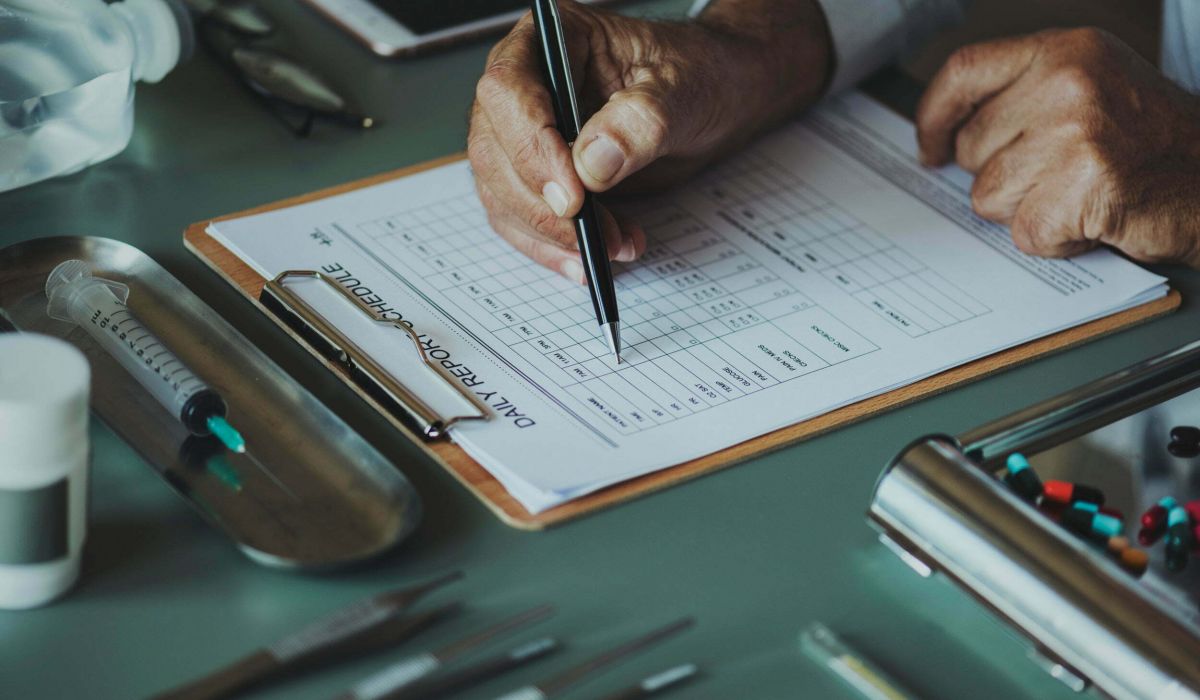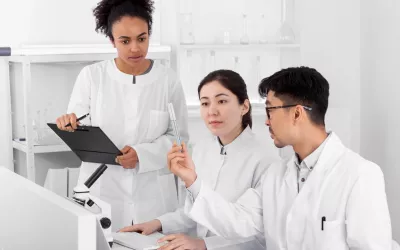
The Time Is Now for Medical Affairs
On September 30th, 2013, a panel of Japan’s Ministry of Health, Labour and Welfare issued an interim report on the manipulation of clinical research data on Diovan, a drug used for lowering blood pressure, for Novartis Pharma. Aftershocks of the recent Diovan scandal have reverberated around Japan’s pharmaceutical industry. Quite expectedly, medical affairs (MA) will require strict compliance in medical sales and marketing activities.
The environment on evidence generation through investigator-initiated trials (IITs) is fast changing. In the past, companies supported large-scale and local IITs by providing them with financial and administrative support. A senior medical director that we spoke to warned “that the local studies may be the most dangerous as they are not always conducted according to GCP and are more related to commercial objectives, aligned with the importance of the centers or the power of the principal investigator. This practice used to exist everywhere and has long stopped in Europe. It still exists with some companies but I believe that it will stop in the near future.”
MA will need to lead initiatives to allay industry concerns by ensuring the independence of study organizations from funders and by improving the quality of clinical studies through compliance with good clinical practice (GCP) set out by the International Conference on Harmonization (ICH). IITs will require adherence to the same. Furthermore, companies will need to increase their focus on programs with high transparency.
Most companies have two types of scientific teams: one for development and another for MA. Development defines the scientific direction and early-stage development, as well as clinical trial runs, whereas the MA team provides scientific support for late-stage development and post-market support. In small companies, the same team may be responsible for both types of activities.
MA and medical liaison function alongside marketing to provide technical support to both internal teams and external customers. Medical liaison teams include field-based medical information specialists who provide in-depth drug and disease information to health providers. Both MA and medical liaison teams provide information services to educate department employees, ensuring that consumer questions are addressed and disseminating data to health-care providers in the community. MA teams also formulate publications plans and report key trial results to the Pharmaceuticals and Medical Devices Agency (PMDA), in scientific meetings, and through journal articles.
Social pressure to ensure research independence and publication of relevant data that benefit patients has increased. The goals are to increase the number of publications and improve the standard of medical science in Japan. Ultimately, the strength and performance of MA departments will have a direct correlation to the number and quality of highly ethical scientific publications.
The crisis initiated by the Diovan scandal may prove to be the catalyst to improve the quality of educational and promotional materials (MA teams prepare scientific information for marketing purposes) and to deepen relationships with professional associations, patient support groups, and advocacy groups.
The race to attract top MA and medical liaison talent has intensified. More importantly, the pressure has increased on MA and medical liaison teams to ensure that there is no pre-promotion and off-label promotion of products, unscientific bias promotion, and prescription-inducible clinical trials, nor are any outside speakers acting as a company’s operative or champion.
MA is playing a more critical role than ever; a leading European MA director explains it this way:
Medical affairs should really function as the emergency brake for the shuttle that runs between the commercial organization and the R&D organization. Some companies have the MA organization residing in either one of these larger functional areas in either a matrix organization or adjacent functional area. The “brake” function comes into play, when the commercial organization in an ostensibly “innovative” proposal is running a high risk of inflicting grievous harm to the reputation of a company in the post-marketing space, or the R&D organization is pursuing nonvalue-added activities that have little or no commercial POS (probability of success), then MA needs to step in and speak to the science and provide supportive data to bolster their position or assessment. They are critical to prevent nefarious activities in both the development space as well as the post-marketing space and hence prevent either loss of value (EPS) and subsequently investors’ confidence or loss of trust (from a tarnished reputation) due to unethical behavior.
One of Asia’s leading clinical directors predicted this:
The future is bright for MA to become the star in the data generation, data recognition, data interpretation, and analytics arena as they pursue the only real metric that matters in this industry, “speed to market” of high quality, safe, and effective medicines. The future beckons with opportunity, and the company which can capitalize on this will reap fortunes even for niche market and unmet medical needs drugs, which usually only come with blockbuster drugs. The formula is simple Data → Information → Knowledge → Wisdom. The real commercial differential for success is not in pharma knowledge but in pharma wisdom. MA can become the star in this role rather than the cameo appearance it currently makes in this arena.
The successful MA teams will be able to find the proverbial needle (data) in the haystack while being in compliance with GCP guidelines. No one can predict the future, but one thing is clear, MA is becoming one of the most critical functions at pharmaceutical companies.


